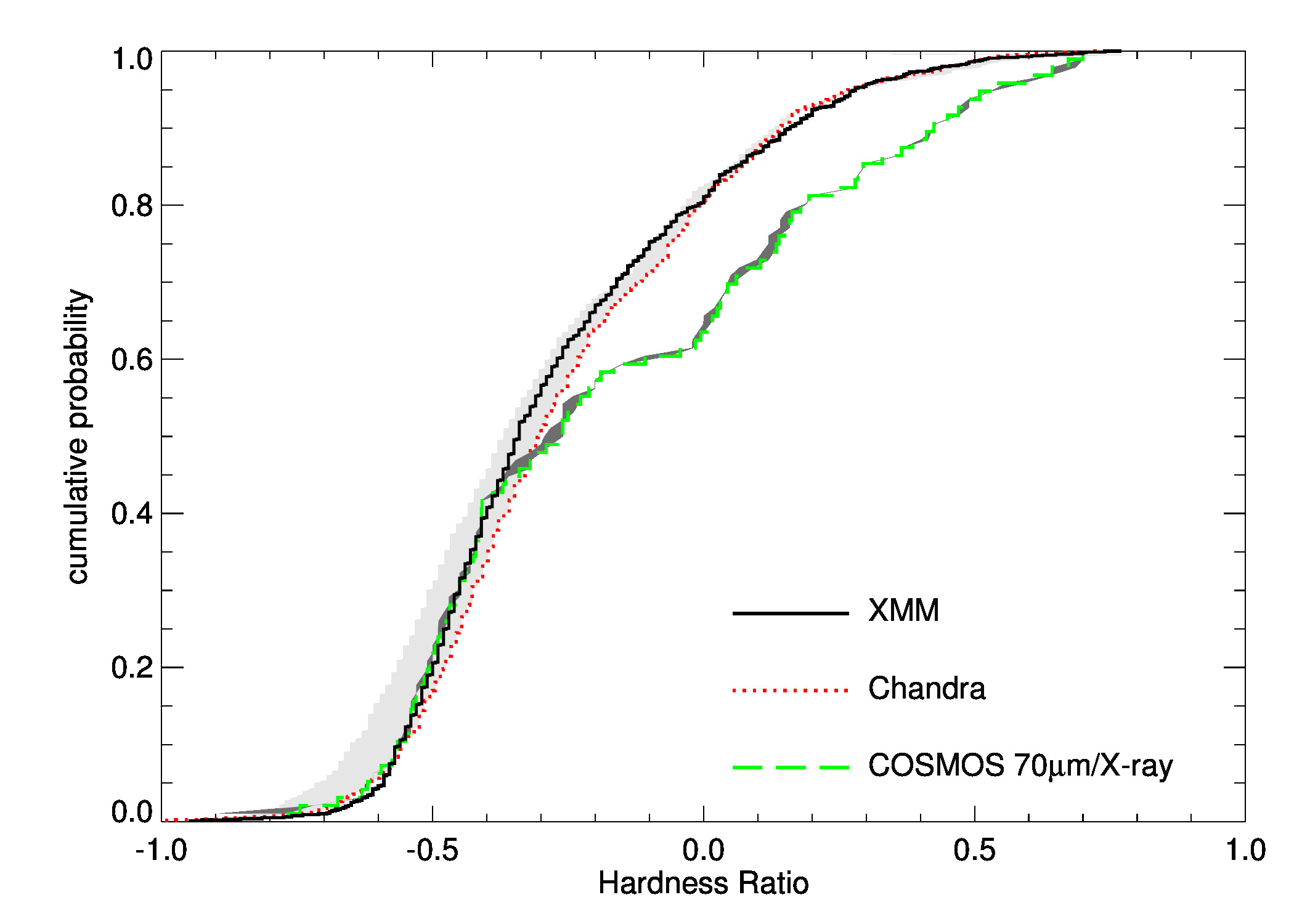
About Me
I was born in Taipei City, Taiwan. Since childhood, I have been fascinated by the beauty of the natural sciences, which inspired me to pursue a B.S. degree in Earth Sciences. In my sophomore year, I was first introduced to professional astronomy research, which led me to complete an M.S. degree in Astronomy at National Taiwan Normal University and a Ph.D. in Astrophysics at Ludwig-Maximilians-Universität München. I am now eager to further explore various aspects of astronomy, including both software and hardware development. My personal interests include watching operas, musicals, and Japanese animation.
Contact Details
Ming-Yi LIN
University of Toledo
2801 Bancroft St, Toledo,
Ohio, 43606, USA











